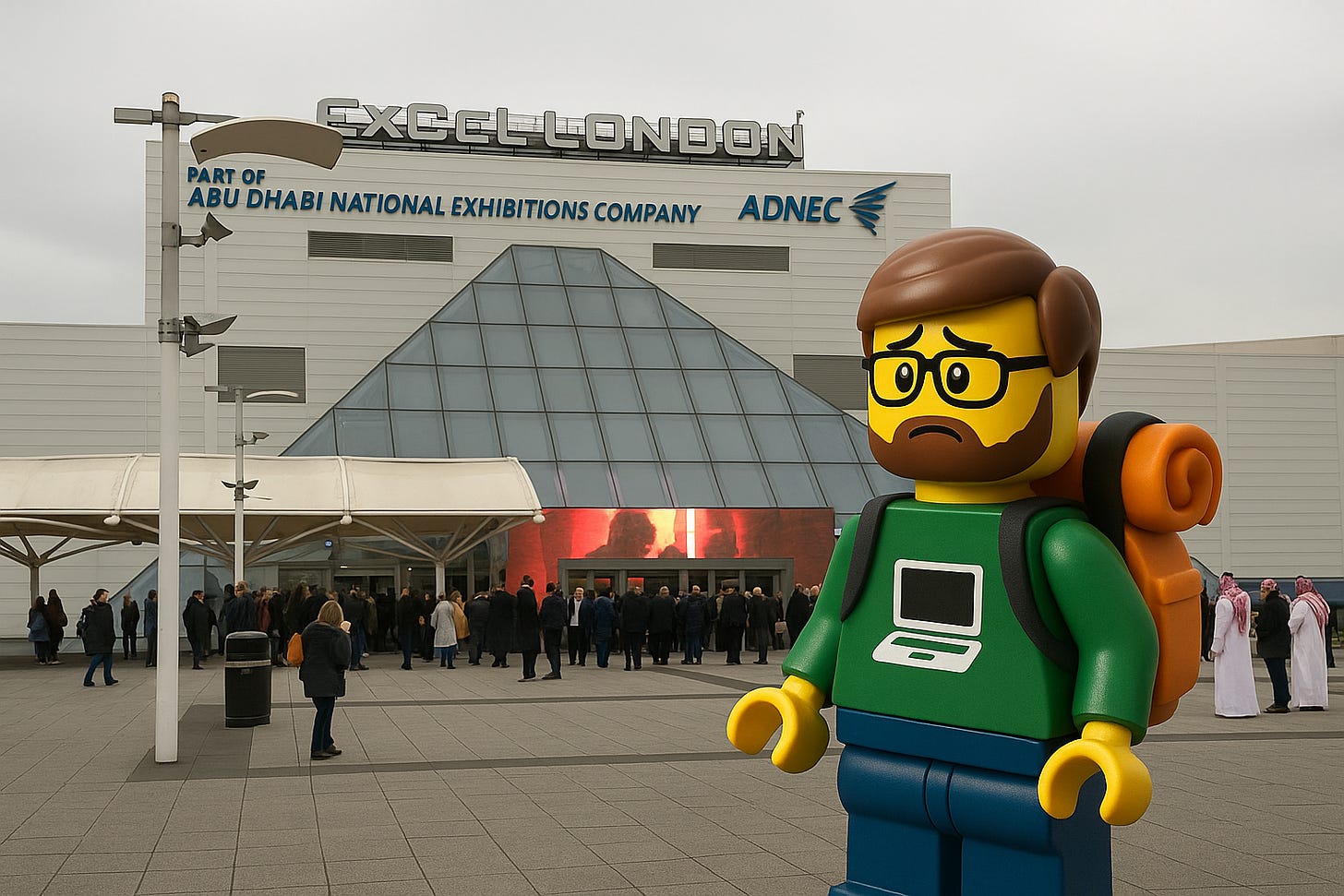The Invisible Market: Why the World’s Biggest Travel Fair Still Doesn’t See Digital Nomads
At the World Travel Market in London, destinations keep polishing the same old brochures — while millions of remote workers remain the most overlooked audience in global travel.
Every November, the World Travel Market turns London into a giant showroom of ambitions. Countries, regions, tour operators, tourism boards — all gathered under one roof to convince the world they’re the place to be. And yet, walking into WTM this year, I had the odd sensation of déjà vu. Same stands, same slogans, same curated smiles. A beautiful carousel… stuck on the same rotation.
True, a couple of things have shifted.
The Tech zone is finally taking oxygen — louder, bigger, more central. Asia is not just present anymore: it is competing. And the Arab world is on an unmissable trajectory of “bigger, shinier, more futuristic than your wildest render.” All good.
But the real surprise was the silence.
Not the polite silence of a conference panel, but a strategic, deafening silence around one of the travel industry’s biggest elephants in the room: digital nomads and the global remote workforce.
Where were the short-let players? The platforms? The innovators?
Airbnb, booking, coliving operators, remote-work infrastructure… vanished.
Which is ironic, considering they’ve been the biggest disruptors of this industry in two decades — and perhaps too disruptive for a fair that still thinks in terms of “peak season” and “off season.”
But the biggest gap wasn’t their absence.
It was the conversations.
Ask destinations about visas, long-stay products, or accommodation tailored to remote professionals, and you’ll often be met with three reactions:
Confusion — “You mean… tourists who work from cafés?”
Stereotypes — “Ah, the backpacker crowd.”
Silence — The polite version of “We have no idea.”
And yet this is not a niche.
We are talking about millions of globally mobile workers, spending consistently, staying longer, travelling off-peak, integrating with local life, and choosing places based on infrastructure rather than hashtags.
For many destinations — especially those outside superstar cities — this is the market that fills the months when tourists vanish. The “shoulder seasons.” The fragile economies. The villages and mid-cities fighting depopulation. The places with potential but little visibility.
This is where the opportunity lives.
And where, apparently, the industry is still blind.
The irony?
Digital nomads don’t want tourist products.
They want life products. Internet that works, housing that’s sane, community, local integration, fairness, safety, and a sense of belonging. None of this is exotic — it’s extremely bankable.
So yes, WTM remains the global cathedral of travel.
But maybe it’s time someone updated the hymns.
Personal reflections
Maybe I’m biased because I live in this world daily — cities trying to reinvent themselves, remote professionals looking for long-term bases, hybrid lifestyles becoming the real future of “travel.”
But honestly? I expected more. Not hype, just understanding.
Because the message is simple:
Remote workers don’t replace tourism. They stabilise it.
And whoever wakes up first will have a multi-billion-euro advantage.



